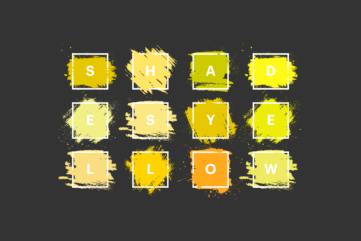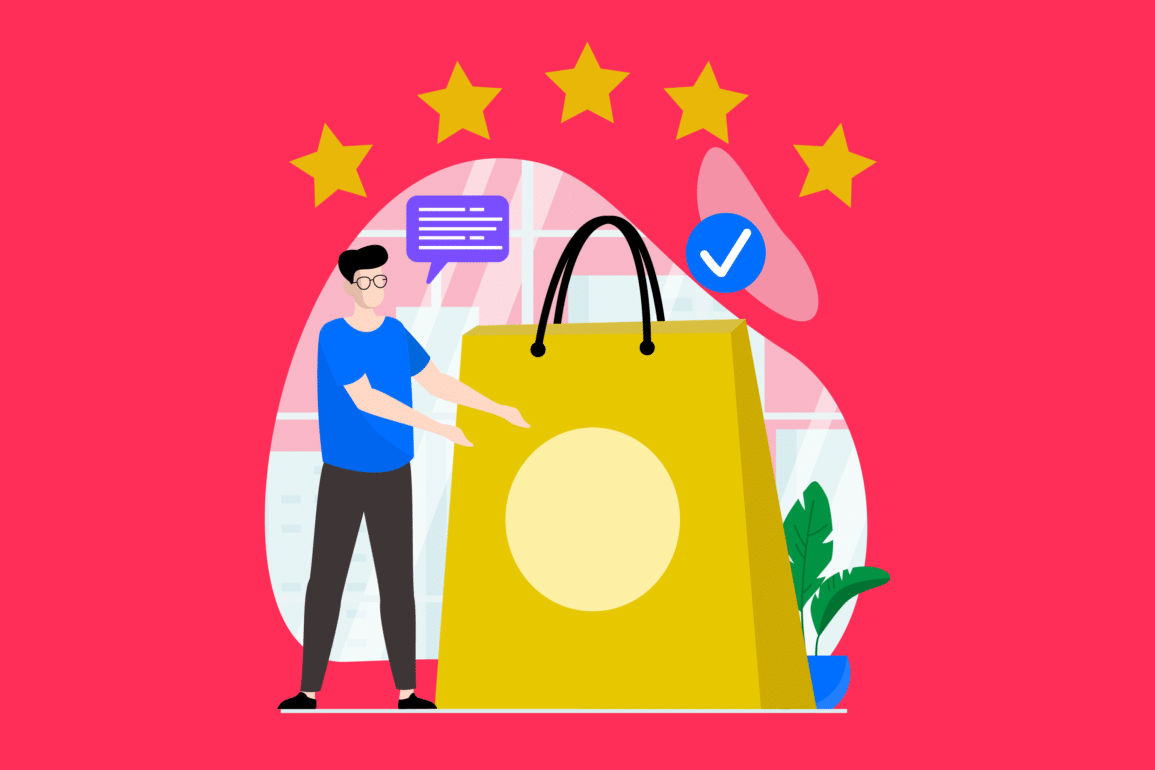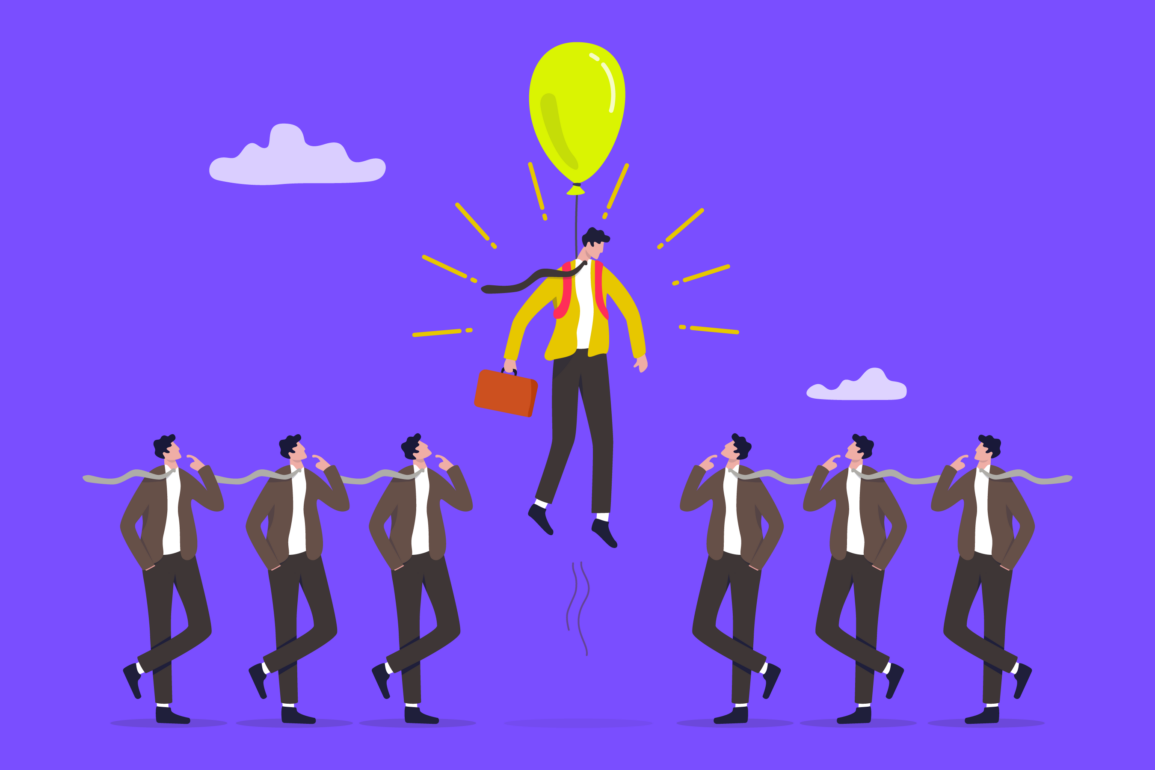The psychology of the color yellow: Your complete guide
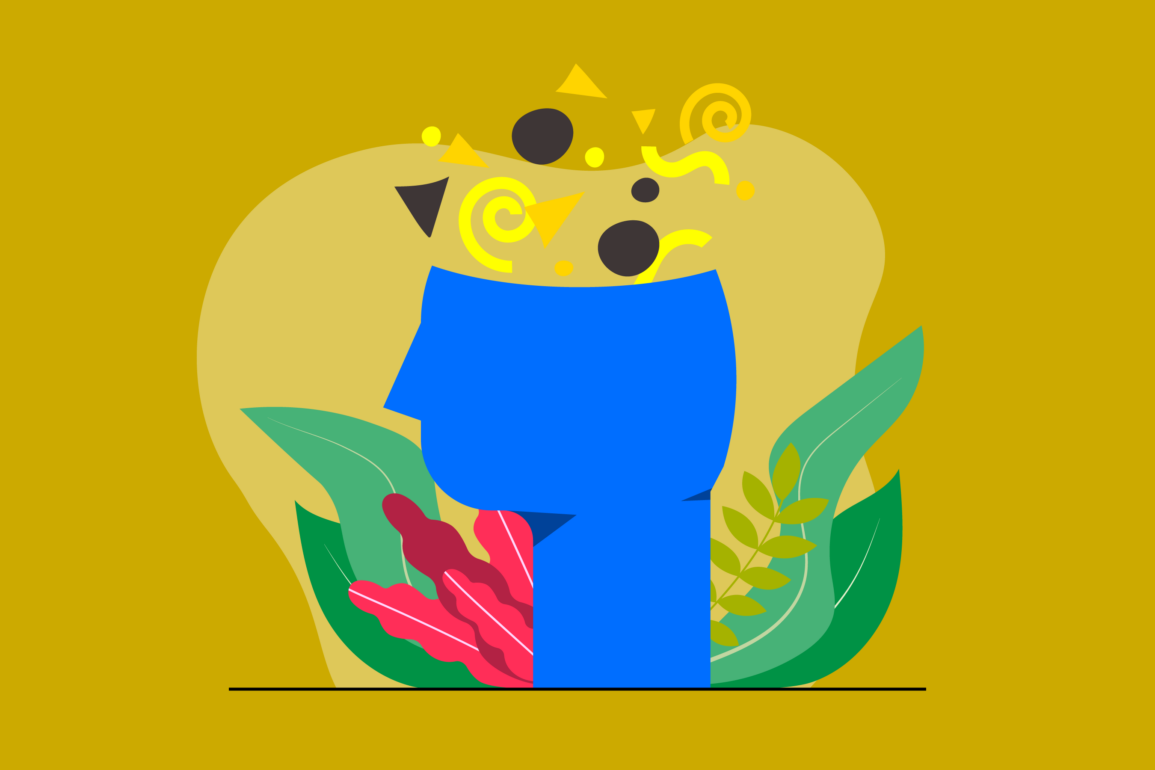
How much do you know about the psychology of the color yellow? Scientific study teaches us that certain shades evoke certain thoughts, feelings, and reactions. While red is commonly associated with passion and love, blue makes us feel calm and serene.
The psychology of yellow shows us this shade is a complex, multifaceted hue capable of creating many different responses.
The color yellow is the brightest on the visual spectrum. It’s naturally intense and attention-grabbing but can also be aggressive and abrasive when overused.
Sometimes seen as bright and welcoming, yellow can be a highly positive shade connected to joy and happiness. However, yellow can also have negative connotations, as it’s frequently linked to sickness, cowardice, and danger.
Understanding the color psychology of yellow can be important for designers, artists, creative minds, and branding experts. Knowing how each shade can influence its viewer makes it easier to choose the right hue for every occasion. Let’s dive into the psychology behind the color yellow.
The color psychology of yellow: The characteristics of yellow
Yellow is the most noticeable color to the human eye. It’s bright, radiant, and engaging, perfect for grabbing attention and interest. In many cases, the psychology of the color yellow connects this shade to positive feelings like happiness and optimism.
Yellow is the color of the sun, and sunlight naturally lifts our mood and improves our outlook on life.
Some experts believe yellow significantly influences the “left side” of the brain, promoting better cognition and analytical thinking. It can also be a highly creative color associated with innovation and discovery.
While many aspects of yellow make it a positive color, this shade can also be overwhelming when used too extensively.
Large amounts of bright yellow can cause visual fatigue and make people feel anxious or stressed. As a highly energetic color, yellow can even be draining in some circumstances. Some of the key characteristics of the color yellow include:
Attention-grabbing
Yellow is the most visible color, so it’s the easiest shade for our eyes to detect.
This is why it’s typically used to capture attention on street signs, warnings, and advertisements. Though yellow is engaging, its connection to hazards and warning signs has also led to some negative connotations in many cultures.
Energetic
Yellow is lively and vibrant. Some experts even believe yellow can stimulate the metabolism. Yellow activates our minds and helps us to feel alert and focused. It’s an excellent color for motivation and inspiration.
Happiness
As mentioned above, yellow is the color most frequently associated with joy. The color yellow can cause the brain to release more serotonin, so it’s frequently connected with laughter, smiling, and overall good feelings.
Warmth
Though not quite as warm as orange or red, yellow is still considered to be quite a warming color. It’s the color of the sun, after all. However, its warm elements can also mean this hue has a less soothing vibe than some alternatives.
Frustration
Yellow can be overwhelming and stressful at times. It isn’t easy to read because of the amount of light it reflects. It also causes visual fatigue in high doses. In some cases, yellow is associated with fear, anger, jealousy, and cowardice.
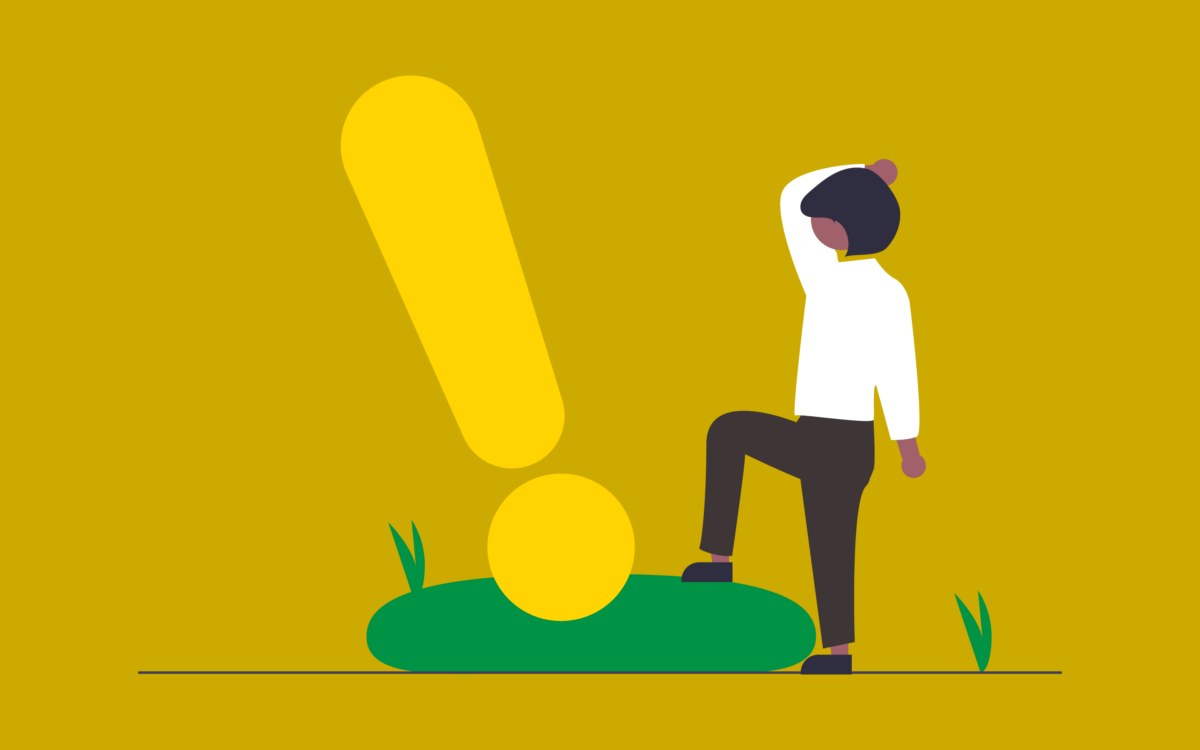
What does the color yellow mean spiritually?
The psychology of yellow can vary depending on each person’s situation and cultural background. In the spiritual world, yellow is associated with the third chakra, commonly connected to creativity, confidence, and comfort.
Many spiritual groups associate yellow with divinity and enlightenment, thanks to its close connection with the sun.
Yellow can also be an “energy amplifier.” In other words, some spiritual healers believe the color yellow can heighten our feelings of certain emotions. If you’re already happy, yellow will boost your joy, but if you’re stressed or agitated, yellow could worsen the issue.
What does the color yellow mean in a dream?
Studies into yellow symbolism in dreaming have revealed some interesting insights into what this shade might portray in the unconscious mind.
Yellow in a dream is often used to grab attention. It’s common to have dreams of a yellow animal, representing a specific fear or issue someone might be having. For instance, a yellow bird may represent a fear of being restricted and a desire for freedom.
Yellow can also signify you feel comfortable with who you are and have an overall positive outlook on life. However, if your dream feels negative or depressing, yellow could highlight the potential source of a problem in your subconscious.
Yellow symbolism: Yellow color meaning
For many, yellow is the color of sunshine, hope, and happiness. It’s a vivid and zesty color, connected to energy and enlightenment, as well as intellect and clarity. However, yellow can also represent cowardice, deceit, and fear.
Dingy and dull yellows are often connected to caution, sickness, jealousy, and similar negative feelings.
In different cultures and environments, the psychology of the color yellow can vary. For instance, for those interested in holistic health, yellow gemstones are often believed to aid in increasing energy, and boosting concentration.
In certain parts of the world, yellow can also have unique connotations. Once, Egyptians used yellow to symbolize the dead. In Japan, yellow is a sign of courage, while in India, yellow is a symbol of commerce and transactions.
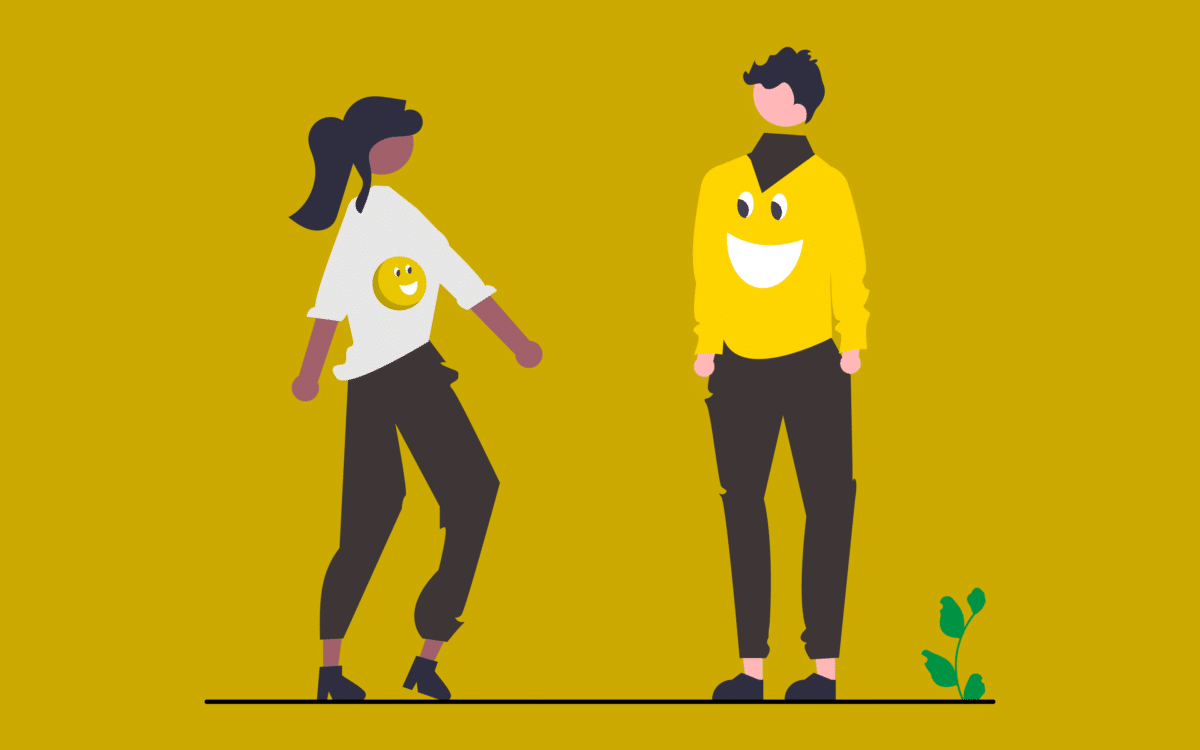
How does yellow make you feel?
Color psychology often tells us each shade can positively or negatively impact our emotions. For example, in positive situations, yellow is refreshing and joyful, stimulating our brain and nerves and encouraging alertness.
In negative situations, yellow signifies danger, cowardice, jealousy, or frustration. Depending on your upbringing and environment, yellow may make you feel:
Energetic
As mentioned above, yellow is a vibrant, high-energy color. It’s often used to create a sense of excitement and capture attention. Its energy can seem zesty, intense, fresh, brash, or forceful.
Yellow is naturally stimulating, but its stimulating qualities can be too much to handle in large doses.
Aggressive
Because of its bright and abrasive nature, yellow can appear confrontational and aggressive.
Some people feel angry or irritated when yellow hues surround them. Some people believe introverted individuals are more likely to feel agitated by yellow than those with a confident outlook.
Happy
For most, yellow is a bright and cheerful color. Many advertisers use yellow to create a sense of happiness associated with their products and services. Yellow exudes light, brightness, optimism, and vitality.
It’s connected with several positive things in the natural world, from flowers to sunlight.
Fearful
Fear of the color yellow is a real issue known as Xanthophobia. Although it’s difficult to know why some people are frightened by yellow, most experts believe it has something to do with the aggressive nature of the color.
Yellow is often used on hazard and warning signs, which could mean people associate it with danger.
Hungry
There’s a reason why so many fast food companies use the color yellow in their advertising – and it’s not just to grab attention. Yellow and orange are colors that can stimulate the metabolism and actually make us feel hungrier.
This could also result from seeing so many examples of the color yellow in the food landscape. Yellow is the color of cheese, lemons, pineapples, peppers, and countless other foods.
Living in yellow: Yellow color psychology
The psychology of the color yellow can be difficult to grasp at first. Yellow is a highly complicated color, inspiring both happiness and dread. Used correctly, it can be a phenomenal tool for capturing attention, increasing concentration, and boosting energy.
However, large amounts of yellow can also be visually exhausting and overwhelming.
In many cases, the brightest shades of yellow are often the most jarring. While small amounts of these bright colors can be excellent in some scenarios, they often need to be offset by other, more tranquil shades.
If you’re thinking of using yellow in your next project, it may be a good idea to take some time to think about the feelings you want to evoke.
Mixing yellow with orange and other warm colors will make it seem more appealing. Alternatively, yellow combined with shades like black could convey danger.
Whenever you’re building a color palette for your brand, it’s worth making sure all of the shades you use work together, to convey a cohesive message and identity.
Fabrik: A branding agency for our times.
Now read these:
—Your guide to colors that complement yellow
—The ultimate guide to the many shades of yellow
—How to make yellow and create the perfect mix
—Your guide to using yellow in packaging design
—What does yellow signify in branding and design?
—Should you choose yellow for logo design?
—Exploring the colors of the rainbow




